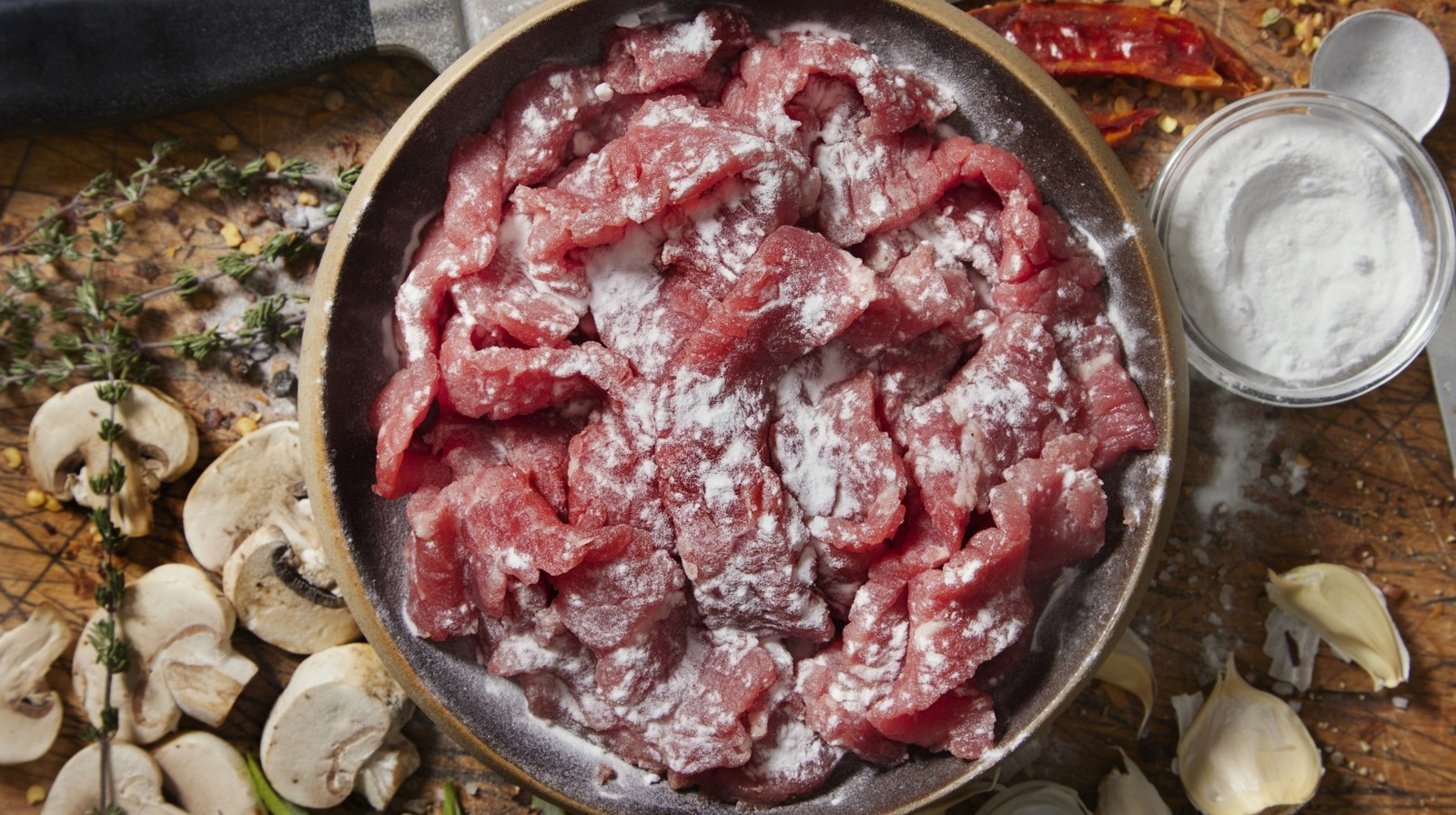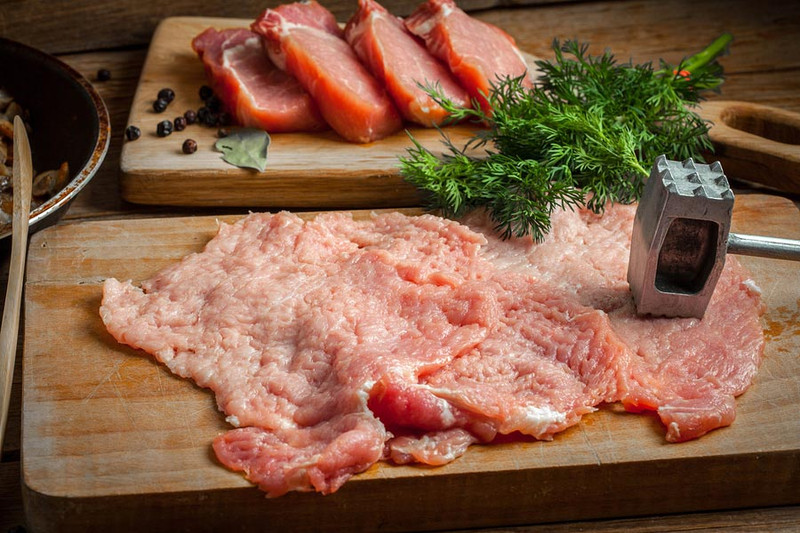The Best Techniques for Tenderizing Meat Without a Tenderizer
Tender, juicy meat is often the highlight of any meal. While most of us associate tender meat with slow cooking or using a mechanical tenderizer, there are actually several alternative methods that don't require specialized equipment.
Whether you’re working with a tough cut of meat or simply want to elevate your cooking, these techniques can help you achieve that perfect, melt-in-your-mouth texture.
Let’s explore the best methods to tenderize meat without a tenderizer, offering professional insight into techniques that are not only effective but easy to incorporate into any kitchen.
Marinating: The Science of Breaking Down Proteins
Marinating is one of the most popular and effective ways to tenderize meat. By soaking the meat in a flavorful liquid, you introduce both moisture and enzymes that break down muscle fibers, resulting in a more tender bite. But not all marinades are equal when it comes to tenderizing.
Acid-based marinades
Ingredients like vinegar, lemon juice, and yogurt contain natural acids that help break down tough muscle fibers. These acids denature the proteins in meat, making them softer and more palatable. However, it’s important not to over-marinate, as leaving the meat in an acidic solution for too long can cause it to become mushy.
Enzyme-based marinades
Certain fruits, such as pineapple, papaya, and kiwi, contain enzymes like bromelain and papain. These enzymes work by breaking down the protein structures in the meat, effectively tenderizing it. Be cautious with enzyme-based marinades, as they can be powerful and may overly soften the meat if left too long.
Marinating Tips:
- Use a ziplock bag or airtight container to marinate, ensuring the meat is fully submerged.
- Allow the meat to marinate for at least 2-6 hours, depending on the size and type of meat.
- Always refrigerate while marinating to prevent bacterial growth.
Salt: The Natural Tenderizer
 Salt does more than just season your meat. When applied properly, it acts as a natural tenderizer. Salting meat draws moisture to the surface, which is then reabsorbed along with the salt, breaking down the protein structures and making the meat more tender.
Salt does more than just season your meat. When applied properly, it acts as a natural tenderizer. Salting meat draws moisture to the surface, which is then reabsorbed along with the salt, breaking down the protein structures and making the meat more tender.
Dry brining
This method involves rubbing the meat generously with salt and allowing it to rest for several hours or overnight. As the salt dissolves, it penetrates the meat’s surface, tenderizing it and enhancing its flavor.
Salt baths
Alternatively, you can soak meat in a saltwater solution (brine) for several hours. This technique is especially useful for larger cuts of meat, as the brine helps keep them moist during cooking.
Salt Tips:
- Use kosher or sea salt rather than table salt for a more even distribution.
- Ensure the meat is properly rinsed after brining to avoid an overly salty flavor.
- Brine for a minimum of 30 minutes per pound of meat, but longer is often better, particularly for larger cuts.
Mechanical Methods: Pounding, Scoring, and Cutting
 While we are avoiding the use of a commercial meat tenderizer, there are still manual methods you can use to physically break down the fibers in meat, particularly tougher cuts like beef chuck or pork shoulder.
While we are avoiding the use of a commercial meat tenderizer, there are still manual methods you can use to physically break down the fibers in meat, particularly tougher cuts like beef chuck or pork shoulder.
Pounding
Using the bottom of a heavy pan, rolling pin, or even a wine bottle, you can pound the meat to flatten it. This not only tenderizes but also helps the meat cook more evenly. Wrap the meat in plastic wrap before pounding to prevent tearing and mess.
Scoring
Scoring refers to making shallow cuts across the surface of the meat. This technique allows marinades to penetrate more deeply, tenderizing from within. It's particularly effective for tougher meats like flank steak or lamb shank.
Slicing against the grain
After cooking, slicing meat against the grain (perpendicular to the muscle fibers) makes it easier to chew. This technique is especially important for meats like skirt steak, which can be quite chewy if sliced improperly.
Mechanical Tips:
- Pounding works best for thinner cuts of meat such as chicken breasts or pork chops.
- When scoring, make shallow cuts, avoiding cutting too deep into the meat.
- Always allow the meat to rest after cooking before slicing it against the grain.
Slow Cooking and Low Heat: Let Time Do the Work
Slow cooking is a traditional and highly effective method to tenderize meat, especially tougher cuts like brisket, pork shoulder, or lamb shank. Low heat over a long period allows the collagen in the meat to break down into gelatin, resulting in a tender and moist texture.
Braising
This method involves searing the meat at a high temperature, then slowly cooking it in a liquid (like broth or wine) over low heat. Braising can take several hours, but the result is flavorful, tender meat that practically falls apart.
Slow cooker or crockpot
For convenience, you can use a slow cooker to achieve similar results. Tougher cuts of meat will benefit from the long cooking times, resulting in a more tender, flavorful dish.
Slow Cooking Tips:
Always sear the meat before slow cooking to lock in flavor and improve the final texture.
- Use a tight-fitting lid to trap steam and moisture during the cooking process.
- Add vegetables and herbs to the braising liquid for additional layers of flavor.
Conclusion
Tenderizing meat without a specialized tool doesn't have to be complicated or time-consuming. From using marinades and salt to employing manual techniques like pounding and slow cooking, there are several tried-and-true methods that can help you achieve delicious, tender meat every time.
Whether you're preparing a casual weeknight meal or a more elaborate dish, these methods will ensure your meat is flavorful and enjoyable. With a little patience and attention to detail, you’ll be able to master the art of tenderizing meat without relying on a commercial tenderizer.
Sources:
- Food Network - Best Marinades for Tenderizing Meat
- Serious Eats - How Salt Tenderizes Meat
- America's Test Kitchen - Pounding Techniques for Tenderizing Meat
- Bon Appétit - Best Cuts for Braising
- The Kitchn - How to Tenderize Meat with Marinades
- BBC Good Food - Meat Tenderizing Techniques
- NY Times Cooking - The Power of Salt in Meat Cooking
- AllRecipes - Slow Cooking Tips
- MasterClass - How to Braise Meat
- Epicurious - Why You Should Slice Meat Against the Grain





































